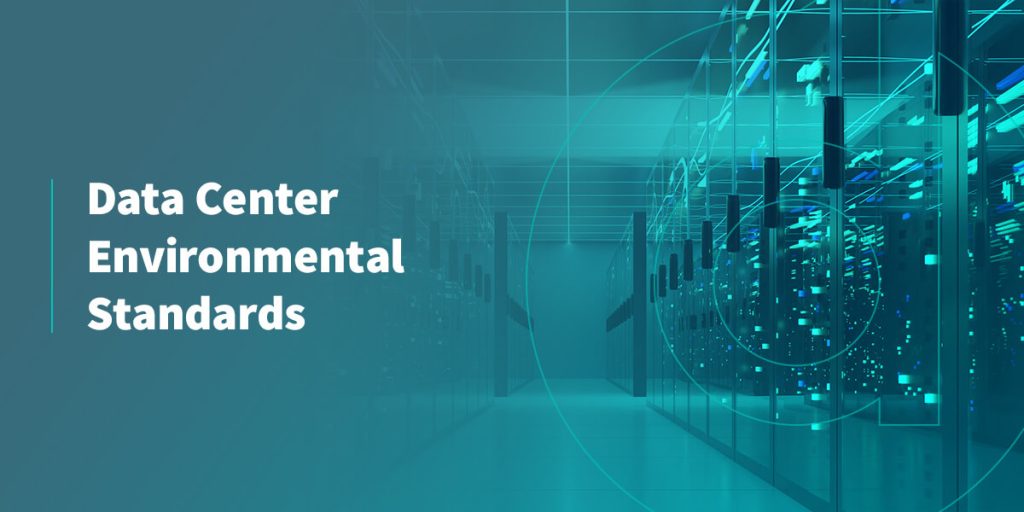
Data Center Environmental Standards
When designing a data center, you must ensure that the facility provides the optimal environment for data storage. A data center’s environment directly impacts the performance of its equipment.
A computer room or data center is classified based on a four-tier system. Tier IV has the highest expectations and standards, and Tier I has the lowest. Following data center environmental standards ensures your equipment room has the conditions necessary for its level.
Environmental Standards for Data Centers
The American Society of Heating, Refrigerating and Air-Conditioning Engineers (ASHRAE) publishes data center environmental control standards. ASHRAE standards cover temperature, humidity, security and electricity.
As of 2008, ASHRAE standards recommend a data center temperature range between 65 and 80 degrees Fahrenheit and a dew point between 41.9 and 59 degrees Fahrenheit, or a maximum relative humidity of 60%.
Environmental Controls for Data Centers
You have several options for controlling the environment in a data center:
- Temperature controls: Temperature control starts with the hardware you use in a data center. Servers contain fans and internal cooling mechanisms designed to prevent overheating. Depending on your data center’s location, you may benefit from additional temperature controls, such as chillers, hot and cold aisle containment and airflow management.
- Humidity controls: Airflow management does more than control a data center’s temperature. It also helps to keep humidity levels under control. Excess moisture in the air can damage hardware and other equipment. Dry conditions are also an issue, as they increase the risk of static electricity.
- Fire suppression: Fire suppression and protection should be part of your data center’s security controls. Fire can permanently damage servers, leading to data loss. Since a data center is full of racks and servers, the fire suppression system you use needs to put out fires without causing extensive damage. A clean agent and a dry pipe sprinkler system are two examples of appropriate fire suppression systems for data centers.
- Electricity monitoring: Static electricity buildup from dry conditions can cause a power surge. In addition to controlling humidity levels in your data center, electricity monitoring will help you keep tabs on electrical levels. If the power surges, you can take action before significant damage occurs.
- Physical security systems: Your data center needs security systems that protect it from the effects of disasters, both natural and human-made. Options include disaster recovery solutions and surveillance systems that control who has access to the data center and its equipment.
Follow Environmental Regulations for Data Centers With Help From DataSpan
DataSpan helps your organization protect its data and follow environmental standards. We’re vendor-agnostic and offer custom-made solutions to meet your needs. Contact us today to learn more.







